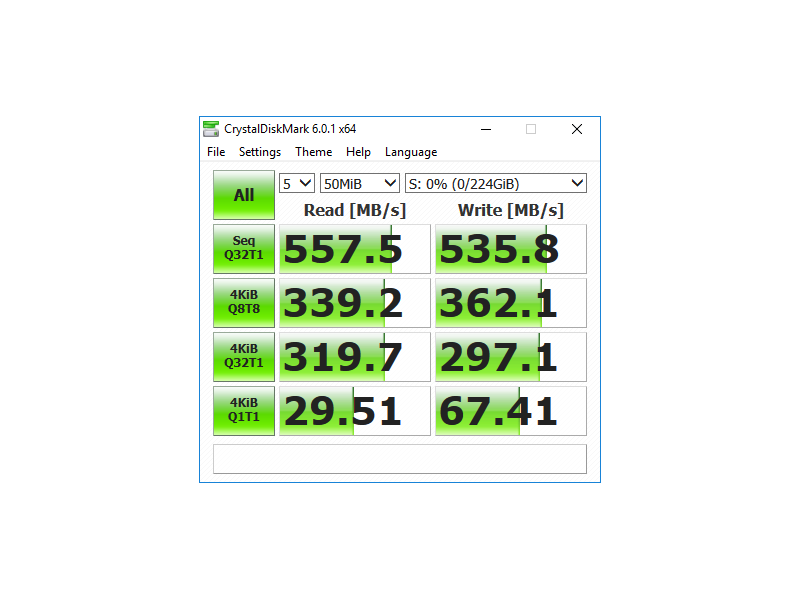
Information storage has been Kryder's bailiwick most of his career. Without the continual squeezing of bits onto ever shrinking hard drives, the world of information as we know it today, and tomorrow, will come to a grinding halt. Kryder is not denigrating the importance of faster computer processors, but he says, at the very least, both digital elements need each other.

Not even Moore's silicon chips can boast that kind of progress. That represents a 50-million-fold increase. Since the introduction of the disk drive in 1956, the density of information it can record has swelled from a paltry 2,000 bits to 100 billion bits (gigabits), all crowded in the small space of a square inch. The 61-year-old engineer might be on to something. But from where Mark Kryder sits, another force is at least as powerful, perhaps more: the cramming of as many bits as possible onto shrinking magnetic hard drives. Over the years there has been a lot of talk about Moore's Law and the way that doubling the power and memory of computer semiconductors every 18 months has driven technological advance.


 0 kommentar(er)
0 kommentar(er)
